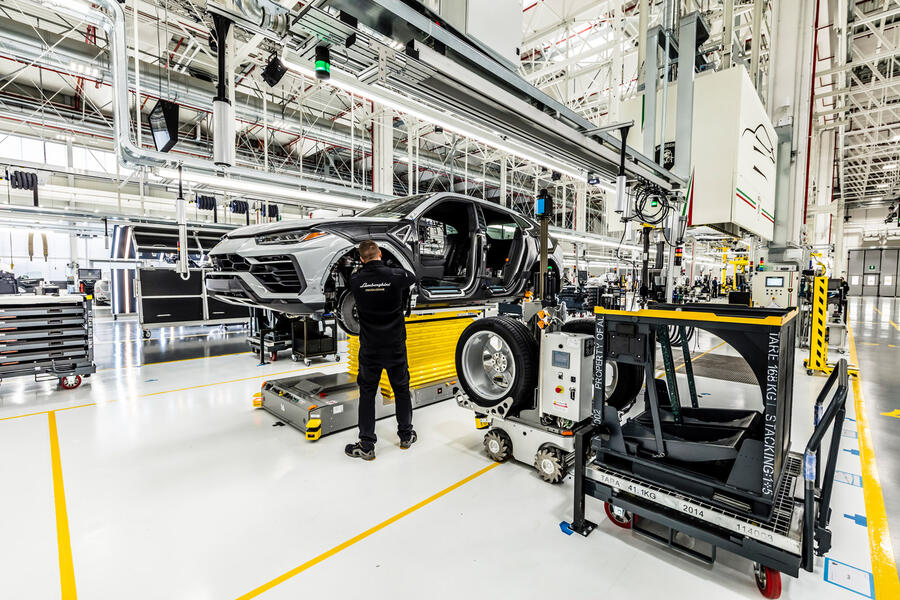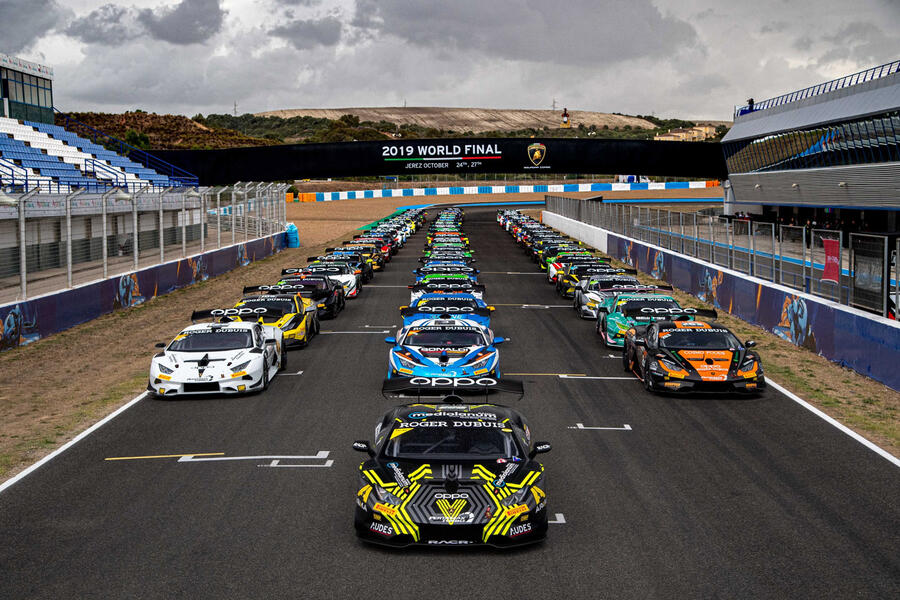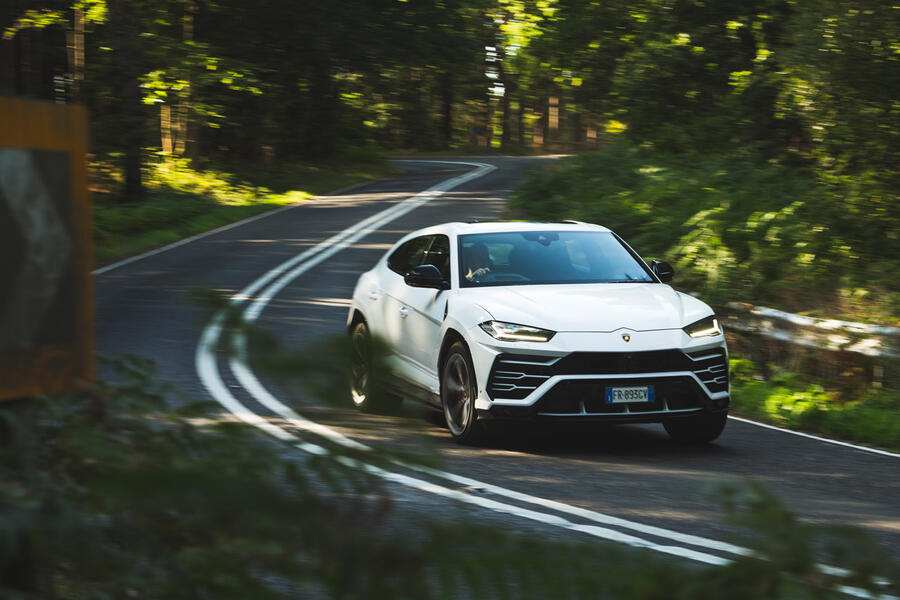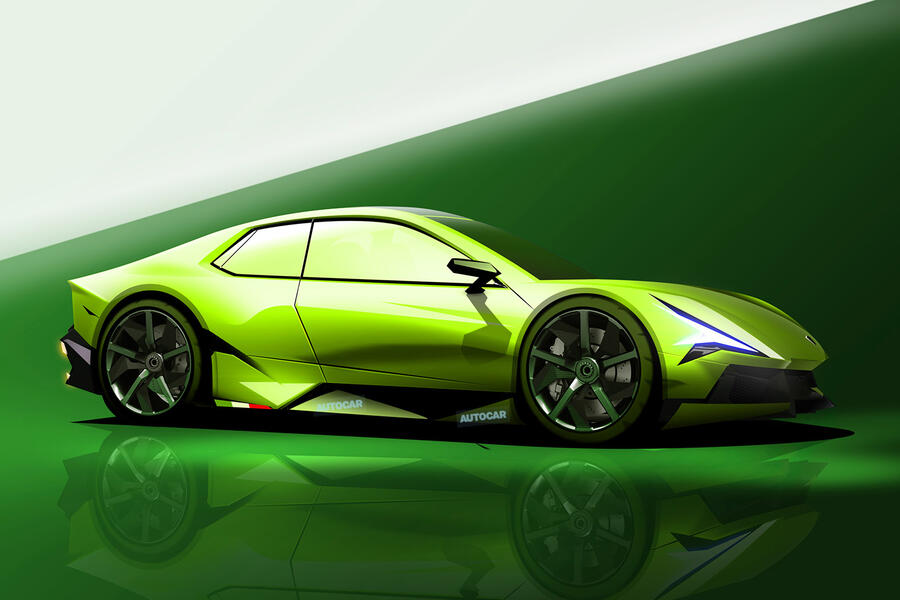When Stephan Winkelmann returned to Sant’Agata Bolognese to begin his second stint at the helm of Lamborghini in December last year, he took over a company that, despite everything, was in rude health.
Defying the impact of the Covid-19 pandemic, the Italian supercar maker achieved the second-highest annual sales figure in its 58-year history (eclipsed only by 2019) and set a company record for profitability. In the first three months of 2021, it also set a new record for quarterly sales, with 2422 cars delivered, and it already has orders to cover the next nine months of production. No wonder there’s interest in buying Lamborghini – and why the Volkswagen Group insists it’s not for sale.
And yet, since his return, Winkelmann has been plotting how to ‘reinvent’ Lamborghini. The result is the bold (and extravagantly named) Direzione Cor Tauri plan, which includes targets to electrify its entire line-up by 2024 and add its first fully electric model by the end of the decade.
“On my return, one of the first things we did was all sit down together to understand how we can bring the company to the next level,” says the 56-year-old German, talking to Autocar before news of a takeover bid emerged. Of course, the push to further transform Lamborghini is partly because new EU emissions laws will force it to change. “One of the biggest goals, if not the biggest goal, is the reduction of CO2 emissions,” says Winkelmann. “This is a challenge for all brands, but it’s even more difficult for super-sports car brands. The reduction of CO2 emissions is a must, but we need to keep the DNA required to maintain super-sports car performance that’s equal to, if not even better than, today’s. That’s the challenge we’re giving ourselves.”

With tightening regulations making change inevitable, Winkelmann’s goal is to ensure that the result is positive. He cites an example from his first spell running Lamborghini, which lasted from 2005 until he moved within the Volkswagen Group to run Audi Sport in 2016. While he grew Lamborghini’s sales substantially during that time, his boldest move arrived only after he left.
“When I joined the firm the first time in 2005, we had two models and were selling around 1600 cars per year,” he says. “We had to work out how to ensure we were more resilient to economic problems and downturns around the world. We decided that a third model line would be the right approach – and not just a third model line but a very different one.”


